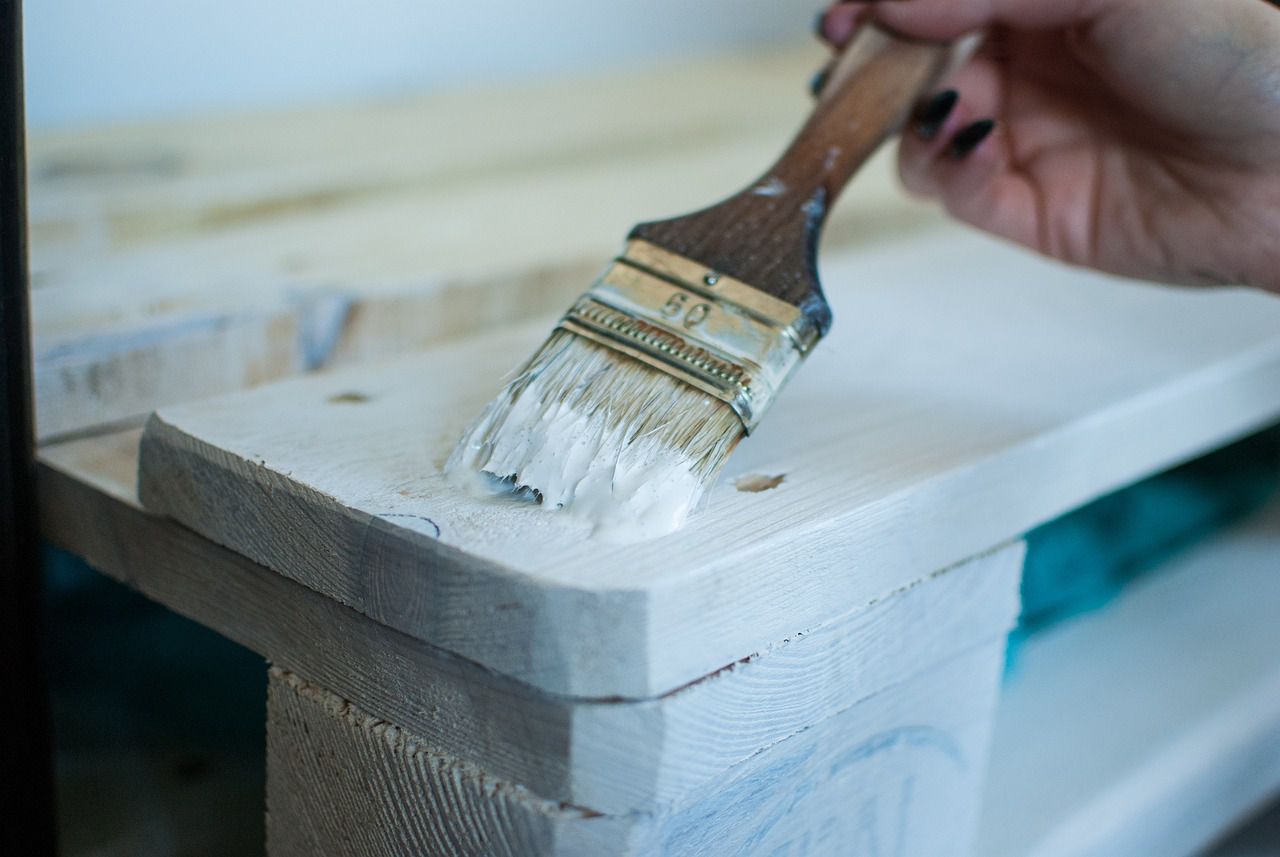If you enjoy DIY projects and love adding creativity to your interior, then you should try repainting your old furniture - it can make it great again!
Meanwhile, you have to do everything correctly to achieve nice results, or you can just spoil your furniture and make it ugly.
Here are a few popular mistakes lots of people do when repainting their furniture for the first time.

Skipping Prep Work
One big mistake is not preparing the furniture properly. You need to clean it, sand it, and maybe even use a primer before painting.
Skipping these steps can lead to a messy finish that doesn't stick well.
Using the Wrong Paint
Not all paints are suitable for furniture. Using the wrong type can lead to chipping or peeling.
Make sure to use paint that's designed for furniture or wood surfaces.
Too Much Paint
Applying too much paint in one go can create drips and uneven surfaces. It's better to do several thin coats and let them dry in between.
Not Sanding Between Coats
You should lightly sand the furniture between coats of paint. This helps the new coat stick better and gives a smoother finish.
Ignoring Safety
Painting indoors without proper ventilation or without using a mask when needed can be harmful.
Always paint in a well-ventilated area and use the right safety gear.
Not Protecting the Finish
Once you've painted your furniture, it's a good idea to add a protective finish like a clear varnish or wax.
This helps the paint last longer and makes the furniture easier to clean.
Conclusion
In essence, when repainting furniture, take your time, do the prep work, use the right paint and tools, and be patient with the drying process.
These steps will help you achieve a beautiful and long-lasting finish.












